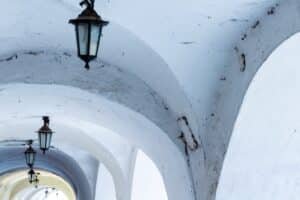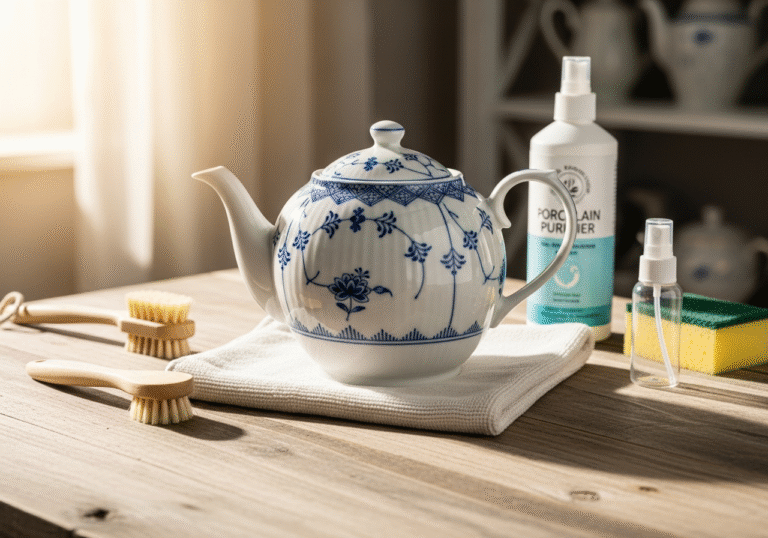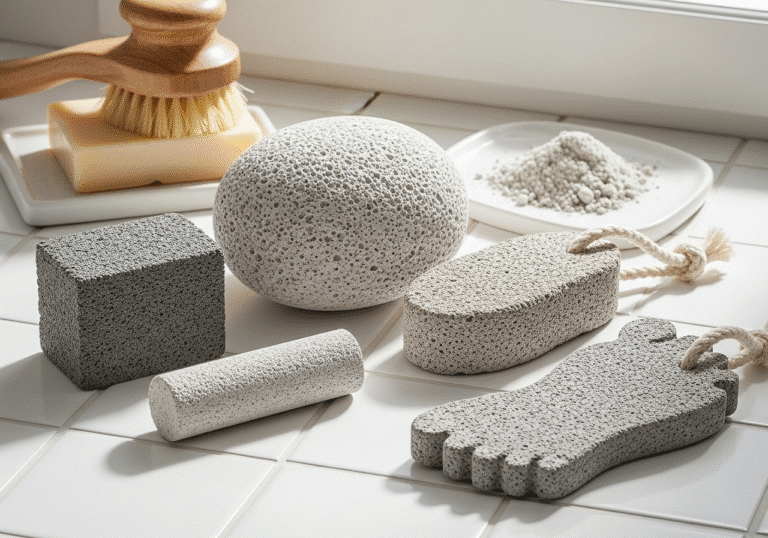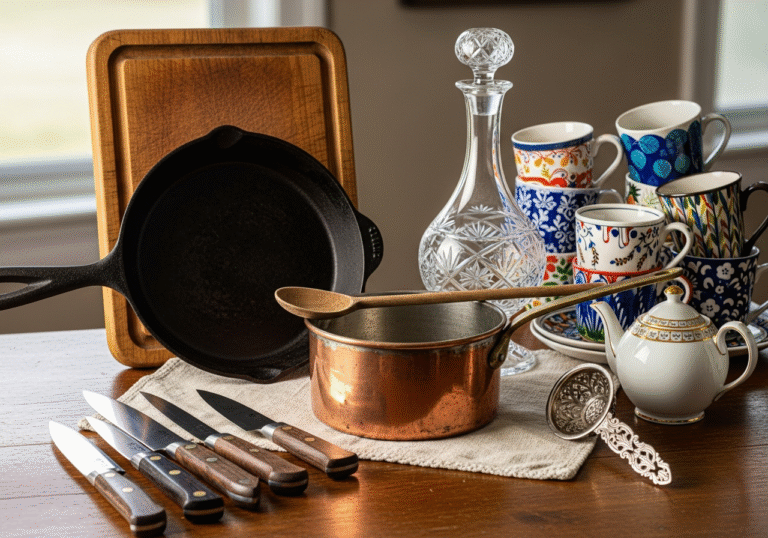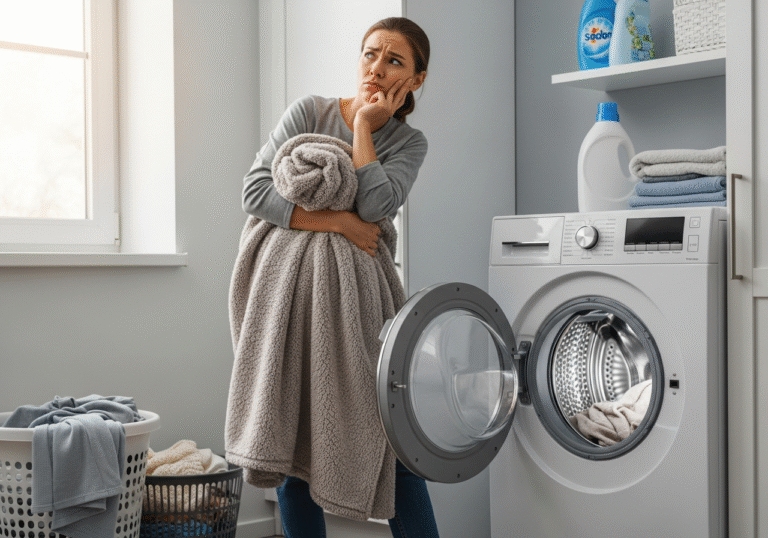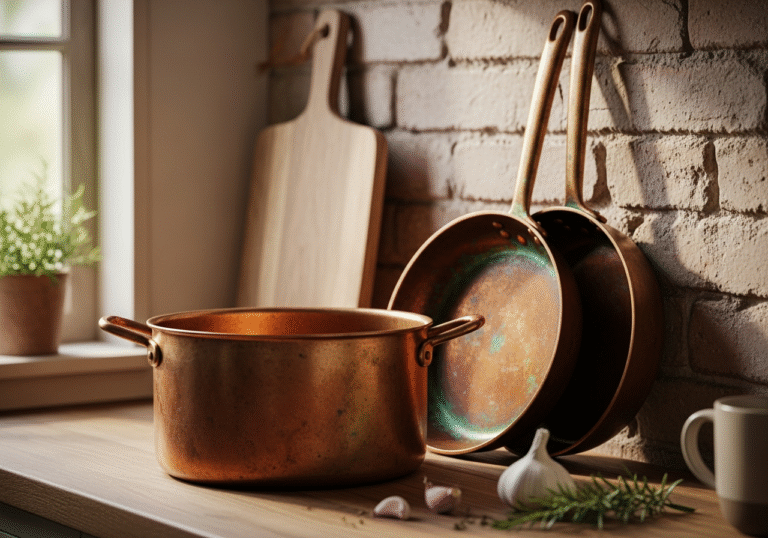Hey there! Have you ever been caught off guard by cobwebs, making a surprise appearance in your home? But worry not! We’re here to tackle and remove cobwebs from every corner of your home, ensuring your space stays sparkling clean. With our easy-to-follow tips and tricks, you’ll learn how to banish these unwelcome guests from hard-to-reach places and beyond. So, let’s arm ourselves with the right tools and dive into making your home cobweb-free and welcoming for everyone.
The Ultimate Guide to Removing Cobwebs from Your Home
Tired of those pesky cobwebs making your place look like a haunted house? Fear not! I’ve got the ultimate guide to help you banish those dusty strands from every nook and cranny of your home. Whether you live in a cozy apartment, a spacious condo, or a lovely house, these tips will keep your living space cobweb-free and sparkling. Let’s dive in!
Understanding Cobwebs: More Than Just Dusty Threads
To effectively tackle cobweb removal, it’s important to first understand what cobwebs are and why they appear in our homes. Here’s a more detailed look into the world of cobwebs:
What are Cobwebs?
- Spider Webs vs Cobwebs: It’s a common misconception that all spider webs are cobwebs. In reality, cobwebs are a specific type of spider web. They are the irregular, tangled webs that you often find in the corners of a room or in dusty, undisturbed areas. These are typically created by house spiders, particularly those from the Theridiidae family.
- Abandoned Structures: Unlike some spiders that live in their webs, the spiders that create cobwebs usually abandon them after a while. These webs are left to collect dust and small debris, giving them that classic, fluffy, and dusty appearance.
Understanding the Life Cycle of a Cobweb
- Formation: The formation of a cobweb starts with a spider spinning a web to catch prey.
- Abandonment: Over time, if the web proves unsuccessful in capturing prey or if the spider moves to a new area, the web is abandoned.
- Accumulation of Dust: Once abandoned, these webs start to collect dust, pollen, and other airborne particles. This accumulation is what makes cobwebs so visible and often gives them a gray or dusty appearance.
The Role of Cobwebs in Your Home
- Indicator of Low Traffic Areas: The presence of cobwebs can indicate areas in your home that are less disturbed or not regularly cleaned. This might include high corners, behind furniture, and in less-used rooms like basements and attics.
- Allergen Accumulators: As they collect dust and other particles, cobwebs can become a source of allergens in your home. Regular cleaning of these areas is essential for maintaining good indoor air quality.
Essential Tools for the Job
To effectively remove cobwebs, you’ll need some basic tools. Here’s your cobweb-busting arsenal:
1. Extendable Duster
Why It Rocks: This tool is a game-changer for reaching those out-of-the-way spots where cobwebs love to hang out. You know, those high corners, ceiling fans, and the tops of bookshelves where you’d normally need a ladder.
Pro Tip: Look for one with a telescoping handle and a bendable head. This way, you can adjust the angle to get into those really tricky spots. Remember to gently shake it out outdoors after each use to keep it cobweb-free!
2. Vacuum Cleaner with Attachments
Why It’s a Must-Have: Your vacuum isn’t just for floors! With the right attachments, like a crevice tool or a dusting brush, it becomes a cobweb-conquering hero. It’s particularly great for getting rid of webs in corners, along baseboards, and even on textured ceilings.
Pro Tip: Use the soft brush attachment to avoid scratching surfaces, and the crevice tool for those tight spots. Plus, vacuuming up spiders can be more humane as they often survive the trip and can be released outside.
3. Microfiber Cloth
Why You’ll Love It: After you’ve banished those webs, a microfiber cloth is perfect for dusting off any remaining bits and polishing surfaces. It’s gentle on all types of materials and traps dust effectively.
Pro Tip: Dampen the cloth slightly for added dust-grabbing power. These cloths are also washable and reusable, making them an eco-friendly option.
4. Soft-Bristled Brush
Why It’s Essential: In those areas where a duster might be too bulky or a vacuum too strong, a soft-bristled brush is your go-to. It’s excellent for gently sweeping away webs from delicate items like indoor plants, intricate light fixtures, and artwork.
Pro Tip: Opt for a brush with natural bristles for the softest touch. Keep a separate brush exclusively for cobweb removal to avoid cross-contamination with other cleaning tasks.
Step-by-Step Guide to a Cobweb-Free Home
Step 1: Start at the Top
Why: Tackling the highest points first prevents cobwebs from falling onto already cleaned areas.
Detailed How-To: Begin with ceilings, especially in the corners where they meet the walls, as these are prime spots for cobwebs. Gently sweep with the extendable duster, moving from one corner to the other. Don’t forget to dust off ceiling fan blades and light fixtures, as these often harbor hidden cobwebs.
Step 2: Work Your Way Down
Why: Cleaning from top to bottom is efficient and prevents re-cleaning.
Detailed How-To: After the ceilings, focus on walls and window frames. The vacuum cleaner is particularly effective for textured walls or intricate window designs. Use the soft brush attachment to avoid scratches. Gently vacuum along the edges and corners where webs may be hiding.
Step 3: Focus on Hard-to-Reach Areas
Why: Cobwebs in hidden areas may go unnoticed but contribute to overall dust and allergens.
Detailed How-To: Move furniture away from walls to access hidden corners. Utilize the vacuum’s crevice tool for tight spaces. Don’t overlook areas behind large appliances, under beds, and inside closets. These spots may need a more thorough inspection and cleaning with the soft-bristled brush or microfiber cloth.
Step 4: Regular Maintenance
Why: Consistency is key to preventing cobweb accumulation.
Detailed How-To: Incorporate cobweb cleaning into your weekly or bi-weekly cleaning routine. A quick sweep with the duster in high-traffic areas and a monthly inspection of less accessible spots can significantly reduce cobweb buildup. Keeping windows and doors sealed can also deter spiders from entering.
Additional Tips for Effective Cobweb Management
Inspect Regularly: Even if you clean frequently, occasional inspections are crucial. Check for new cobwebs during routine cleaning.
Humidity Control: Spiders are attracted to humid environments. Using dehumidifiers in damp areas like basements can help deter them.
Safe Spider Removal: If you encounter spiders, safely remove them using a glass and a piece of paper, and release them outdoors.
Natural Deterrents: Consider using natural spider deterrents like essential oils (e.g., peppermint oil) in areas prone to cobwebs.
Preventing Future Cobwebs
1. Reduce Clutter
Detailed Strategy: Spiders seek out quiet, undisturbed places to set up their webs. Reducing clutter in your home eliminates these ideal hiding spots. Regularly organizing and cleaning storage areas, closets, and basements can make a big difference. Don’t forget to declutter under beds and behind furniture, as these are also favorite spots for spiders.
Routine Checks: Make it a habit to periodically go through areas that tend to accumulate clutter. This not only helps in organizing your space but also in spotting any early signs of cobwebs or spider activity.
2. Spider Repellents
Natural Solutions: Essential oils, especially peppermint oil, are known to be effective spider deterrents. Mix a few drops of peppermint oil with water in a spray bottle and apply it around windowsills, doorways, and corners. Other essential oils like tea tree, lavender, and eucalyptus can also be effective.
Regular Application: For the best results, reapply the solution every week or after cleaning the areas. This ensures a consistent barrier against spiders.
Alternative Options: Besides essential oils, consider using vinegar mixed with water as a repellent spray. Additionally, diatomaceous earth can be sprinkled in corners and along edges where spiders might crawl.
3. Seal Cracks
Inspection and Repair: Conduct a thorough inspection of your home, especially around windows, doors, and any other openings to the outside. Look for cracks, crevices, or gaps where spiders could enter. Use caulk to seal these openings. Pay special attention to areas where utility pipes enter the home, as these are often overlooked entry points.
Weather Stripping and Screens: Install or repair weather stripping around doors and windows. Make sure window screens are intact and free of tears. These not only keep out spiders but also other pests and insects.
Ventilation and Drains: Ensure that ventilation openings (like those for dryers) have proper screens to prevent spider entry. Cover drains in basements and garages with fine mesh to keep spiders from coming up through them.
Additional Preventative Measures
Lighting: Spiders are often attracted to homes by the insects that gather around exterior lights. Consider using yellow sodium vapor lights outdoors, which are less attractive to insects and, consequently, to spiders.
Landscaping: Keep shrubs, trees, and other vegetation trimmed back from the exterior of your house. This reduces the likelihood of spiders transferring from vegetation to your home.
Professional Help: If spider infestations are severe or recurring, it might be worth consulting with a pest control professional who can provide more targeted solutions.
In Conclusion: Mastering Cobweb-Free Living
Maintaining a cobweb-free home is much more than a one-time cleaning task. It’s about establishing a routine that encompasses both regular maintenance and proactive measures to deter spiders. Let’s break down how you can make this a seamless part of your home care routine:
1. Embrace Routine Cleaning
Schedule Regular Cleanings: Set a specific time each week or month for cobweb checks and cleaning. This could be part of your general house cleaning routine. Consistency is key – the more regular you are with your cleaning, the less likely cobwebs will accumulate.
Involve the Family: Make it a family activity. Assign different areas of the house to family members for cobweb checks. This not only divides the work but also helps inculcate good habits in children.
2. Spider Deterrence as a Habit
Incorporate Natural Repellents: Regularly use natural spider repellents like peppermint oil in your cleaning routine. Add a few drops to your cleaning water or make a spray as previously discussed.
Mindful Decorating and Storage: Be mindful of how you decorate and store items. Avoid creating cluttered, undisturbed corners where spiders might find refuge. Opt for minimalistic décor in areas prone to spider activity.
3. Ongoing Vigilance
Regular Inspections: Beyond your cleaning schedule, be vigilant. If you notice a cobweb, don’t wait for the next cleaning day; remove it immediately. This immediate response can prevent spiders from establishing themselves.
Stay Informed: Keep yourself updated on effective home care and pest control methods. New products and natural solutions are constantly being developed.
4. Creating a Cobweb-Unfriendly Environment
Control Humidity: Use dehumidifiers in damp areas of your home. Insects and Spiders thrive in moisture, so keeping your home dry can deter them.
Seal and Secure: Regularly check for and seal any new cracks or openings around your home. This not only keeps spiders out but also helps in overall home maintenance.
5. Remember the Outdoors
Garden Maintenance: Keep your garden or balcony tidy. Trim vegetation regularly and keep it away from the house walls.
Outdoor Lighting: Use spider-deterring lights outdoors to minimize attracting insects, which in turn attract spiders.
Remove Cobwebs From Your Home
A cobweb-free home is not only about aesthetics; it’s also about creating a healthy, comfortable living space. With a little effort and consistency in these easy steps, you can maintain a home that is not only clean but also less inviting to spiders. Remember, every small action you take contributes significantly to keeping those spooky strands at bay and ensuring a more pleasant and inviting home environment.
Looking for more cleaning tips? Check out our other helpful guides on Toronto Shine Cleaning’s blog. From deep cleaning to everyday tidiness, we’ve got you covered!














